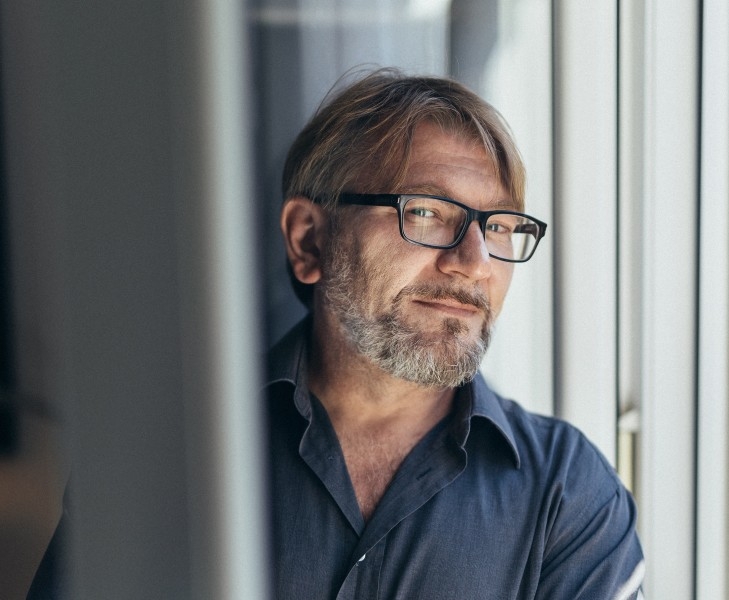 Photo: Zoran Jedrejčić
Photo: Zoran JedrejčićA distinctive design language for our entire region is a concept that Zoran Jedrejčić supports and is attempting to realize. Through cooperation with the most successful manufacturers from Slovenia to North Macedonia, he provides comprehensive solutions—from development strategy, entering the market, communication with consumers, to the end product. "When we see Italian, Japanese, or Danish design, we can, more or less, immediately recognize that something is from Italy, Japan, or Denmark. The design from our region is also easily recognizable. The only issue is that it isn't well articulated or conveyed. It will take time and perseverance to accomplish this, perhaps even fifty years or more. The Danes did it that way, and they still do. Design is intertwined with the culture of a place; it needs solid strategies, which we lack here," says the internationally renowned industrial designer and art director.
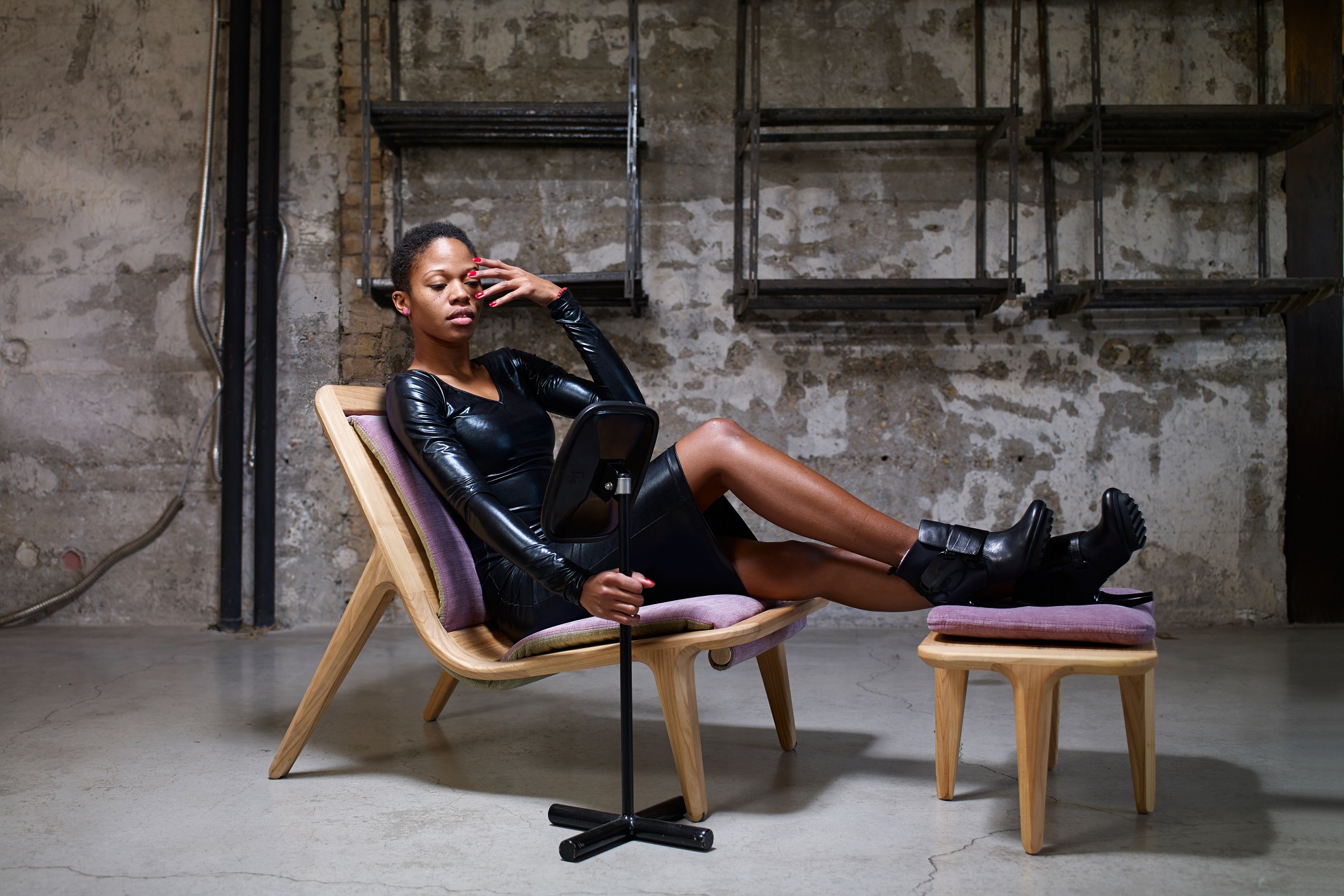 LAY AIR
LAY AIR
He began his design studies in Zagreb, where he had moved from his native Split. He graduated from ISIA-Industrial Design in Florence. He finished his master's degree in Germany, returned to Italy, and worked with Ettore Sottsass for seven years. After that, he opens a studio in Milan. He designed for brands such as Artisan, 3M, Dada Cucine, Fratelli Guzzini, etc. Ten years ago, because of love, he moved to Belgrade.
He won numerous awards, from the Red Dot Design Award "Best of the Best" (2003) to the BIG SEE Visionary (2021). He exhibited in museums and galleries all over the world: in Vienna, Italy, at MoMA in New York, at the ICA in Boston, and in Tokyo.
We had a conversation on one of the first days of this year's Belgrade Furniture Fair, of which he was the art director for many years. He was involved in the redesign of the event and the gathering of the best producers. "In 2015, we started promoting regional design and managed to bring all the best manufacturers and designers to one place. In this region of Europe, Belgrade Furniture Fair is one of the finest events. This year's fair is narrower in scope, but it is still the most important review," sums up Jedrejčić.
What are you currently working on?
This year, the development of the Banja Luka-based Volumen brand was the main focus. The factory has been working for 25 years in the lower segment, and they want to step up to the level of the designer-oriented market. Together with associates from graphic and marketing studios, we handle it entirely. We set the entire development strategy, from communication, presentation, and the website to the new products. We designed seven lines with 50 products for them. We also work with the company Zavar from North Macedonia. We made smart radiators for them, which are exhibited at the fair. We design products for industry in small or large series.
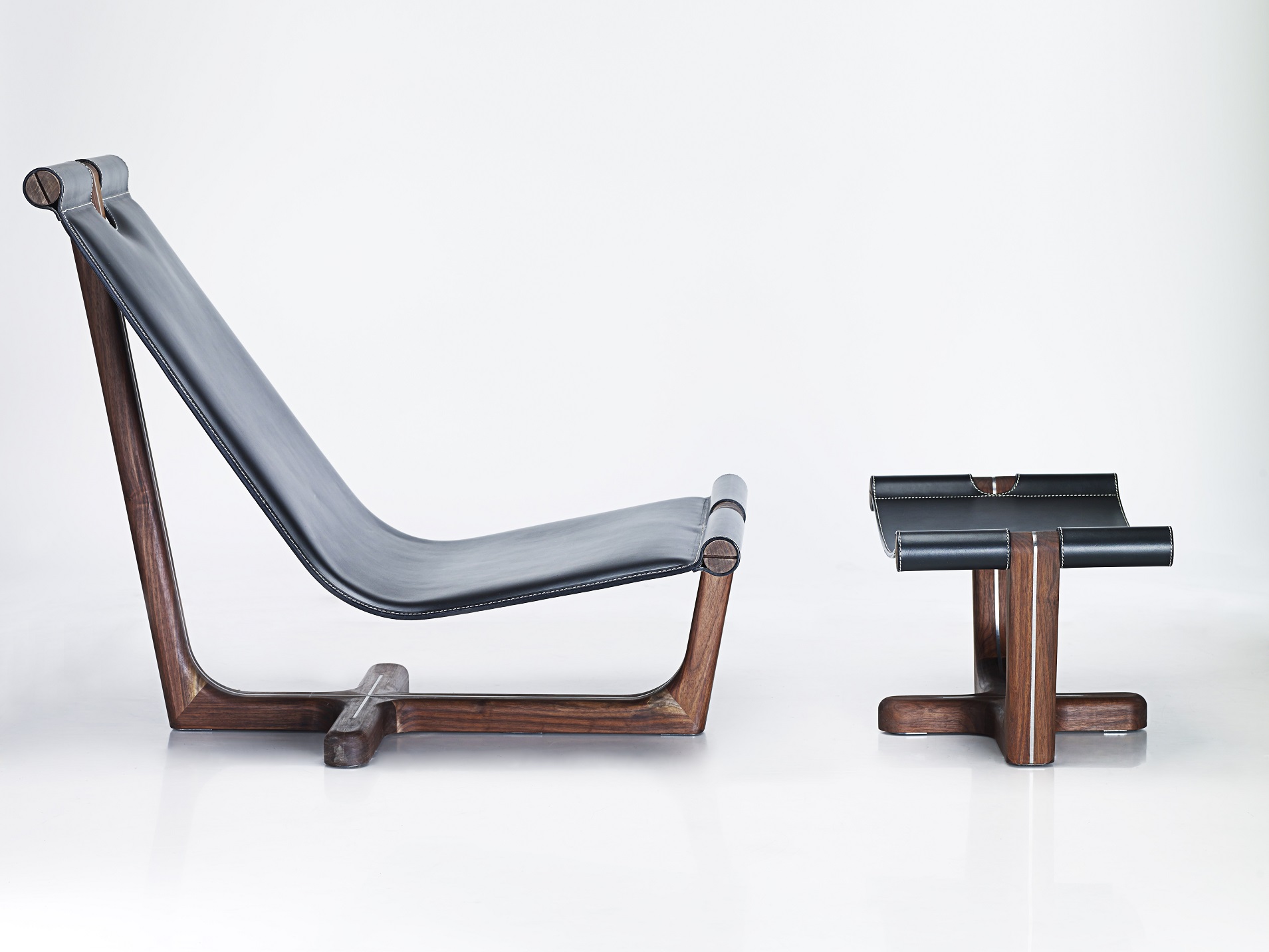
ARMADA
You cooperate with clients from the ex-Yu area. Are there companies or individuals whose solutions in 50 years will leave a mark on the world map like, for example, the Iskra telephone from the 1970s?
There is potential, of course, but drawing a parallel is difficult. In the past, the standards were strong. There were conditions for a design that had a direction and a language. The center was in Belgrade. You had support everywhere: in museums, media, industry, and the state. Now there is a lack of unity, a lack of a system. The potential lies in our good production culture, which is used, for example, by the Danes. You may not know, but the furniture of almost all high-quality Danish brands is produced in Bosnia. Large global producers have segments of their production in Croatia and Serbia. The pioneers of design appeared here after the Second World War and not only worked practically, but also built a design culture, a culture of housing. Today, the potential lies with the phenomenal producers whose goal is the world market and who deserve to be on it. The gap is in design thinking.
What local brands do you want to highlight for us?
From Slovenia: Intra Lighting, Vertigo Bird, Rex Kralj. From Croatia: Prostoria, NUNC, Metoda, Milla&Milli. From Serbia: Gir, Garda, Hookl und Stool, BUCK. From Bosnia and Herzegovina: Artisan, Zanat, Gazzda, Woak, Goes. From North Macedonia – Zavar.
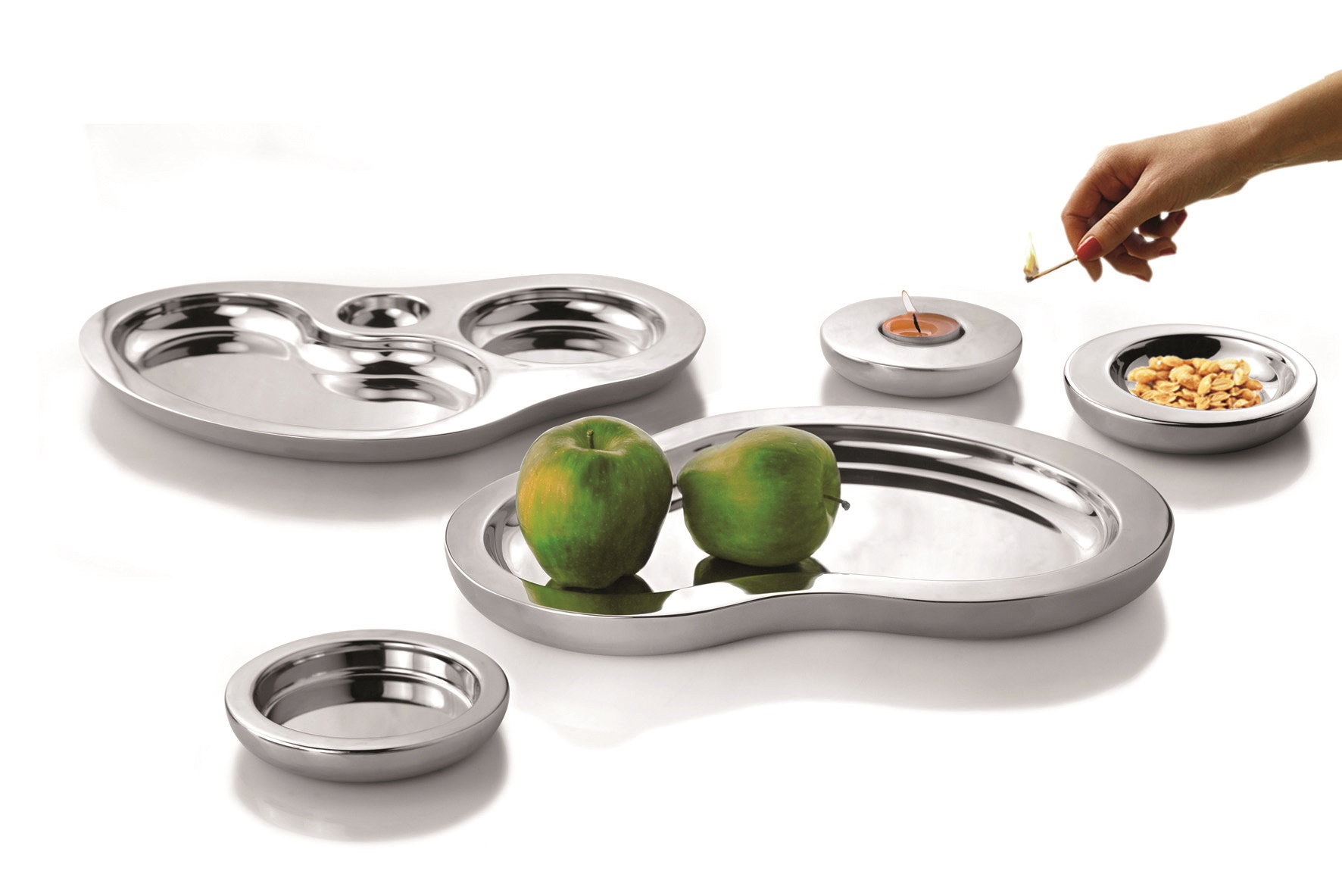
GOCCIA SET
What aggravating circumstances do you see at the local level?
We differ in cultures, religions, and habits, but we have a common, I dare say, Balkan way of thinking and expressing ourselves through products. That is our advantage. As the Italians would say, we are "macedonia", which in translation is a mixed salad of different fruits. With the breakup of Yugoslavia, however, everyone wanted to have their own design language. Croats to find and leave traces of Croatian design, Slovenes of Slovenian design, and Serbs of Serbian design. So it is diffused. Though it is usually easier to shape the design language of a region than of a country.
You are the winner of the BIG SEE Visionary Award. The explanation was: "He motivates and encourages manufacturers to find passion and do their best." What qualities lack domestic brands?
Making one or two products basically means nothing. If you want to position yourself in a higher niche in the market, a whole strategy is required. That's why I took on a significantly more extensive and responsible job as an art director, not just a designer.
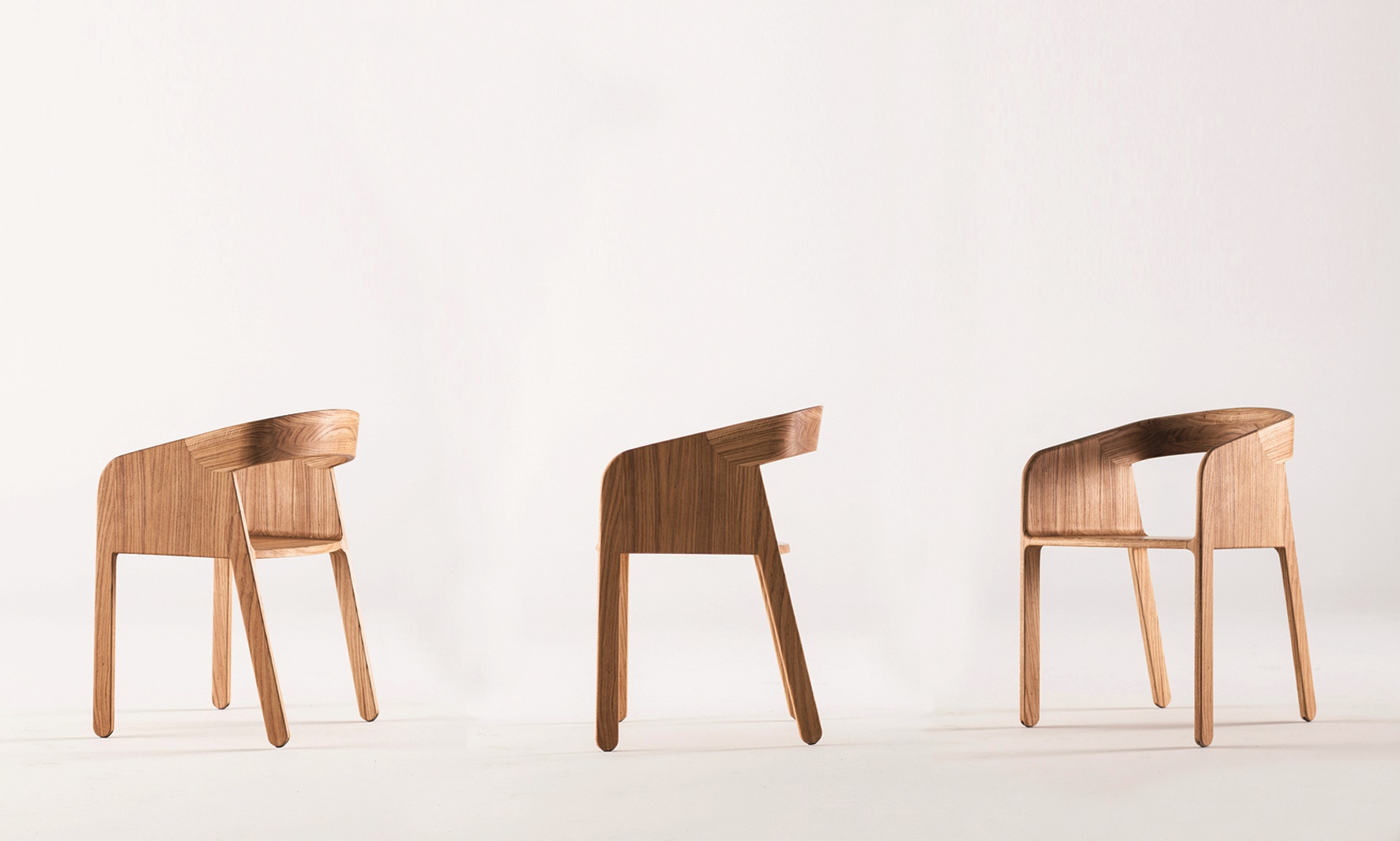 MALENA
MALENA
Is authenticity even possible in today's copy-and-paste culture?
There is definitely room for unique solutions, talents, and new ideas. I'm not that pessimistic. In the world of design, broadly speaking, some influences have always been present. In addition, there is a rising transfer of techniques from other sectors, such as the fashion industry. Now you have seasonal collections in design as well, which results in overproduction. We are encouraged, however, by those who do things differently, by those who offer products that last for many years, the value of which increases with the patina of time. It's not all copy-and-paste. Personally, I see design as a form of not only revolution but also evolution.
What did you enjoy doing and what did you do because you "had to" throughout your large body of work, and what do you hope to do in the future?
Fortunately, I have the opportunity to work with quality manufacturers. I didn't have to make compromises that I would be ashamed of. The annual capacity is two to three new clients and a certain number of permanent ones. I have no unfulfilled wishes. I take a professional approach to everything and strive to make the most of it. When choosing, I take great care that my clients are "likeable" and progressive. Their desire for change is important to me. I have no favorites, and my favorite job will always be the next one. The problem with our manufacturers is that they work in one segment for 10, 20, or 30 years. The hardest thing to do is to change your way of thinking. I must thus start with the psychological questions and go on to the design ones.
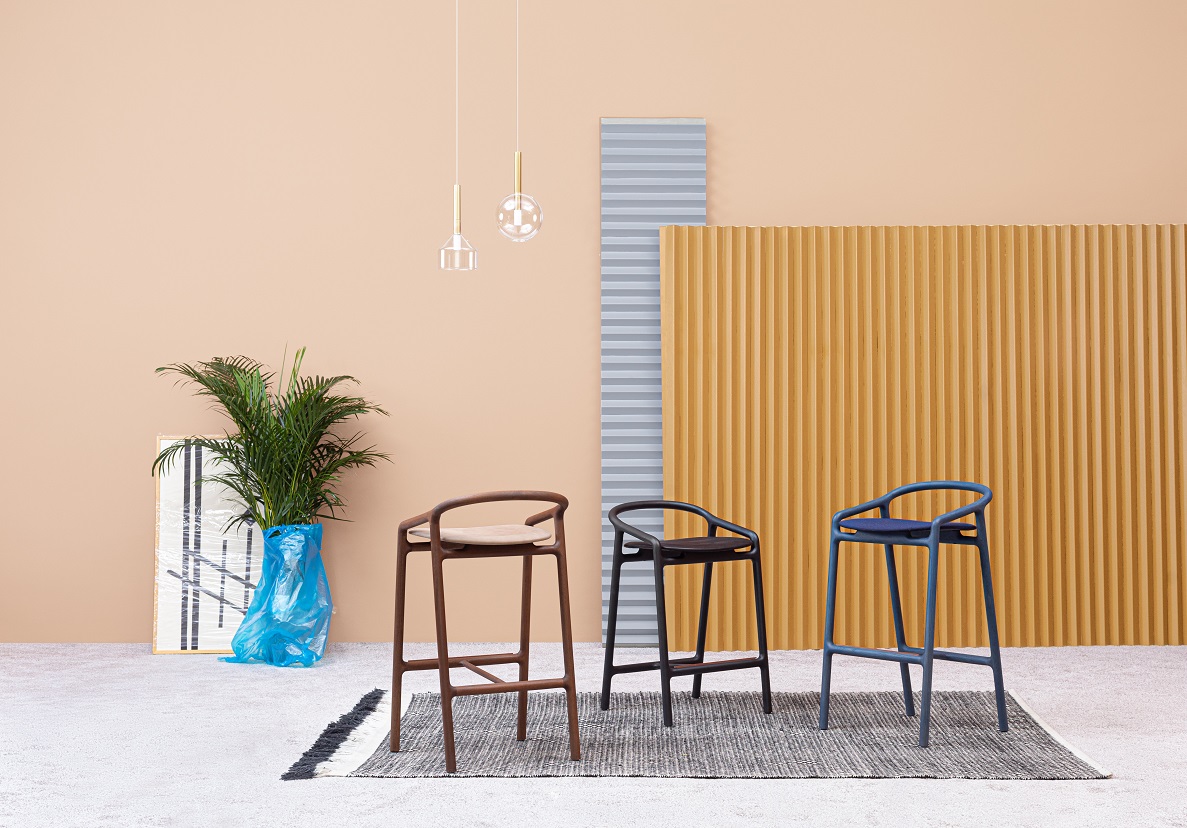 WOAK
WOAK
You gave lectures in Italy at the Nuova Accademia di Belle Arti (NABA) and in Serbia at the Academy of Fine Arts. What is the difference between students from these two countries?
I no longer teach, unfortunately. I do not have time. It is not possible to do several things at the same time with the same quality. I am still often approached by students and young designers for advice. I enjoy having them around me. I still think like a 20-year-old, even though I can see that I'm not. I try to stay young, at least in my thinking. The difference between students in Italy and students in Serbia is in their perception of design. Young people here think that "design" is some super-communicative word and that it will be a "cool" job, which boils down to the statement "I'm a creative type." Well, it's not! They lag a little behind their Italian peers there. This is hard work with many sacrifices in order to get results. In Italy, the approach is different. We're a little more casual, which doesn't mean there's no talent. We lack motivation sometimes, and we would like to get everything done in the short term. It doesn't work that way. Let me demystify: the designer first needs to reach the industry. These are factories with 100, 200, 500, or 600 employees. It is your responsibility to give or not give a job to those people. If you make bad decisions, you endanger the company. Besides that, you have to know a number of fields and speak different languages: the language of marketing, the language of technology, and the language of economics, in order to communicate with different people and come up with a good product.
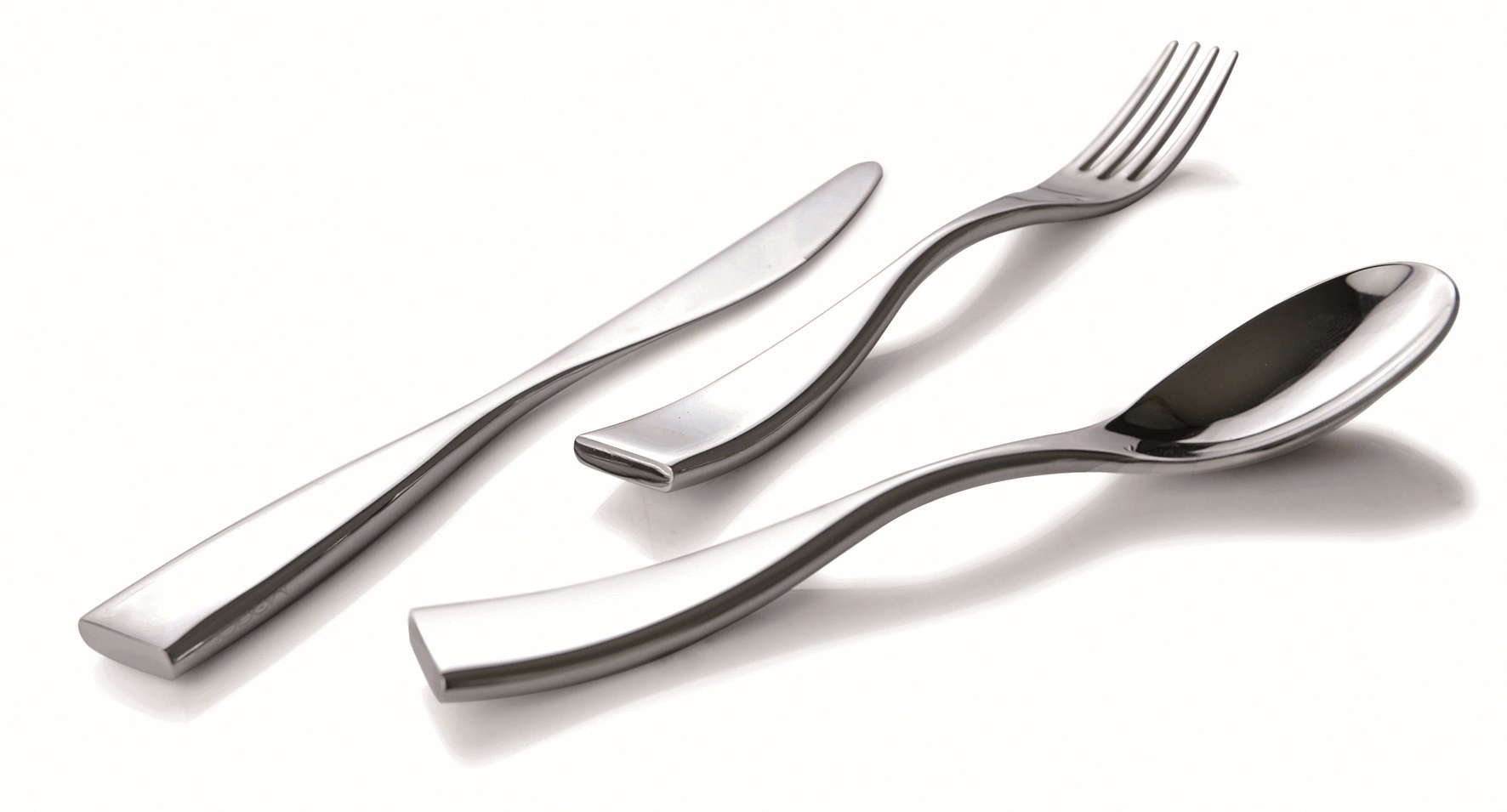
JACKIEO
From Split, via Florence and Milan, here you are in Belgrade. How stimulating is this city for a designer?
Both urbanization and concretization can be done in various ways. Unfortunately, there is a lack of public spaces that contribute to people's quality of life. We need to work on that. One more tree, one more smile. I think that Belgrade is a multi-layered city. Belgrade is a hundred cities in one, and that makes it beautiful. Friends who come to me from abroad always tell me that they feel the difference; they are delighted with the city vibe and the atmosphere. However, the city is primarily made up of people who live there. I also like to say that Belgrade is not the most beautiful city in the world, but it is a city with the most beautiful character. It is like a guy that nobody considers pretty and compares to the cover model, but everyone agrees that he is a cool guy with manners and attitude.
How would you define your own design style?
I don't like definitions. Style is less important; my emotions are my guide. I want people to react to my products. The tactile and emotional experience of the product is more important to me. I work with a lot of love, so I hope that this love is recognized and the products become a part of someone's life.
By: Aleksandra Mirković
Photo: Private archive